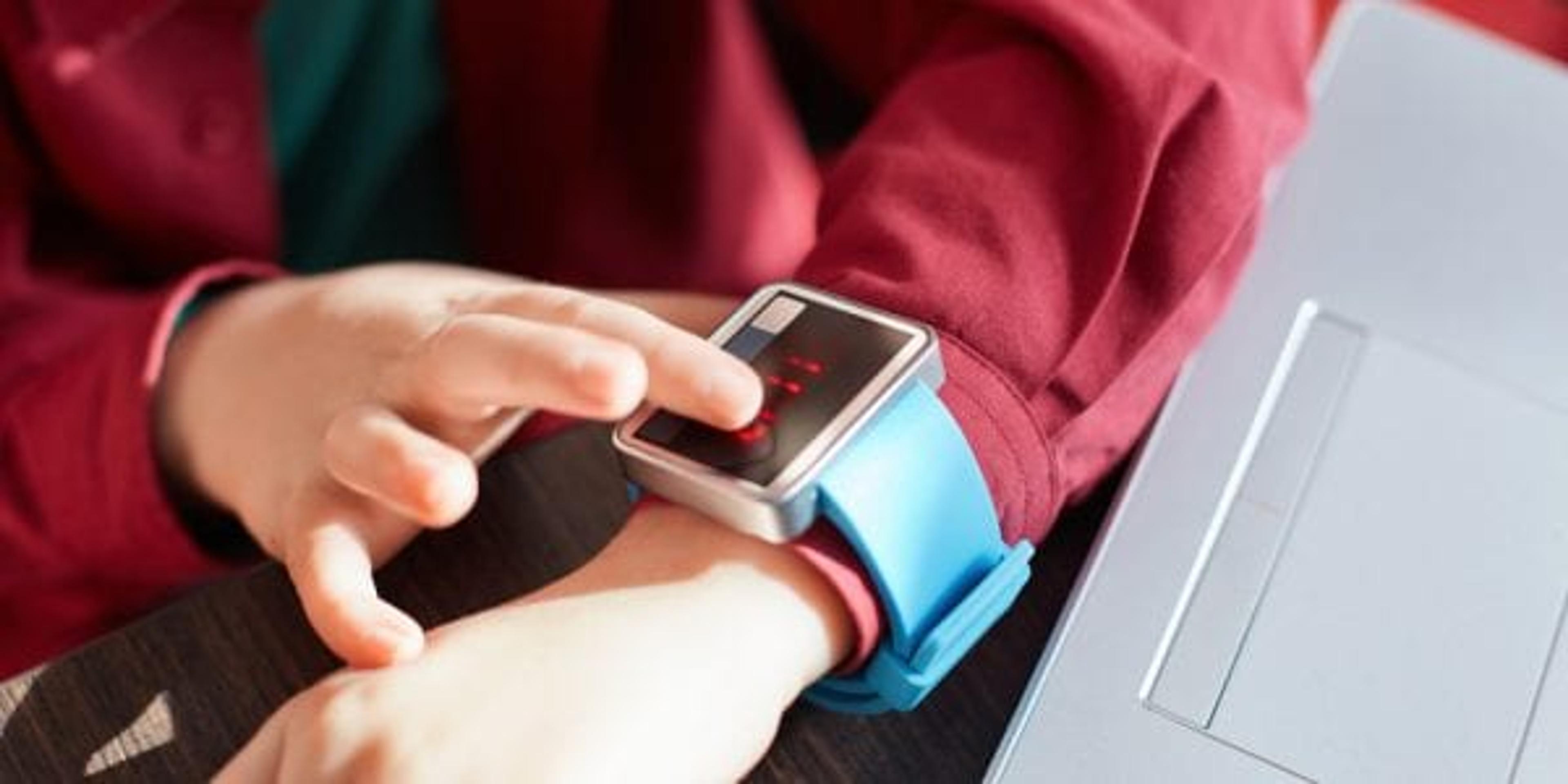Fitness Trackers for Children: A Good or Bad Idea?
| 3 min read

There’s no question that fitness trackers are huge right now (the market for wearable tech is predicted to double between 2017 and 2021). And lately, the companies that make the trackers have gone after a new consumer: your children. Designed for kids ages eight and up, these new wearables are marketed as a way to help young people be more active—something that is needed as levels of childhood obesity continue to climb—but are they a good idea? While they are made for kids as young as five, use your best judgment dependent on your child’s age and developmental stage, as they are not for everyone. Older kids and teenagers may be better suited to start taking responsibility for their fitness. Before you go out and buy one, here are some things you’ll want to consider:
- They can be motivating: Just like the adult fitness trackers, the kid versions remind them to get up and move when they’ve been inactive for a while. Different wearables use a variety of tactics and interfaces, but they all tend to turn fitness into a game, encouraging kids to complete fitness challenges and earn badges.
- They can also be discouraging: Not everyone reacts to motivational techniques in the same way, so you’ll want to be mindful of the activity goals you set for your children. Your kid might feel disappointed if they don’t reach their goals and wearing a daily tracker can take the fun out of exercising. A better idea: Encourage your child to set realistic goals, reward the positives, get active together and try not to focus too much on the numbers.
- They show your kids all the components of a healthy lifestyle: Being active is just one piece of being healthy. These trackers tend to also monitor sleep—which is important for kids since sleep promotes growth, boosts the immune system and increases learning ability and attention span. The Centers for Disease Control and Prevention recommends that children and adolescents get both one hour of physical activity per day and at least nine hours of sleep per night. With your child’s wearable, you’ll be able to ensure they’re getting enough of both on a daily basis.
- They’re not a single, comprehensive solution: Kids who are already active may not need the extra reminder to get up and play. And kids who aren’t so keen on exercise may need more than a wearable to encourage them to move more. That said, they could be a good idea for kids who want to start tracking their own fitness or sporty types who want to monitor and improve their performance.
- They can make kids worry too much about weight loss: Kids can be susceptible to the negative effects of fitness trackers, like how they make wearers hyperaware of their weight and fitness levels. Parents can control display options and are able to see their child’s activity, but certain statistics like body fat percentage and calorie count are hidden from the child’s view. Be sure your child knows the goal is to be healthier—not to reach a certain size or weight.
Photo credit: Shutterstock





